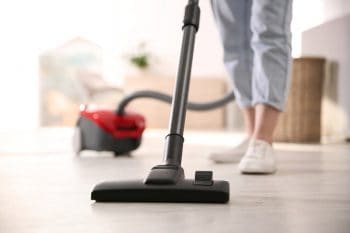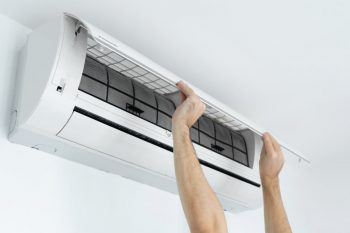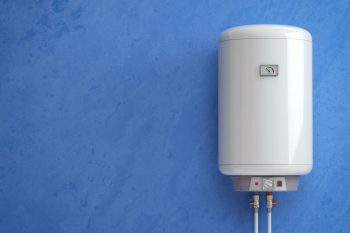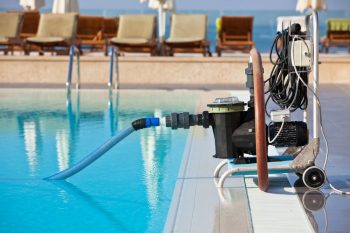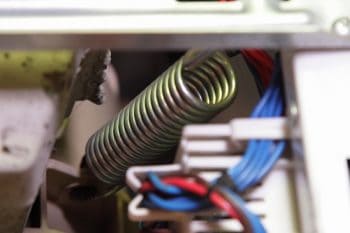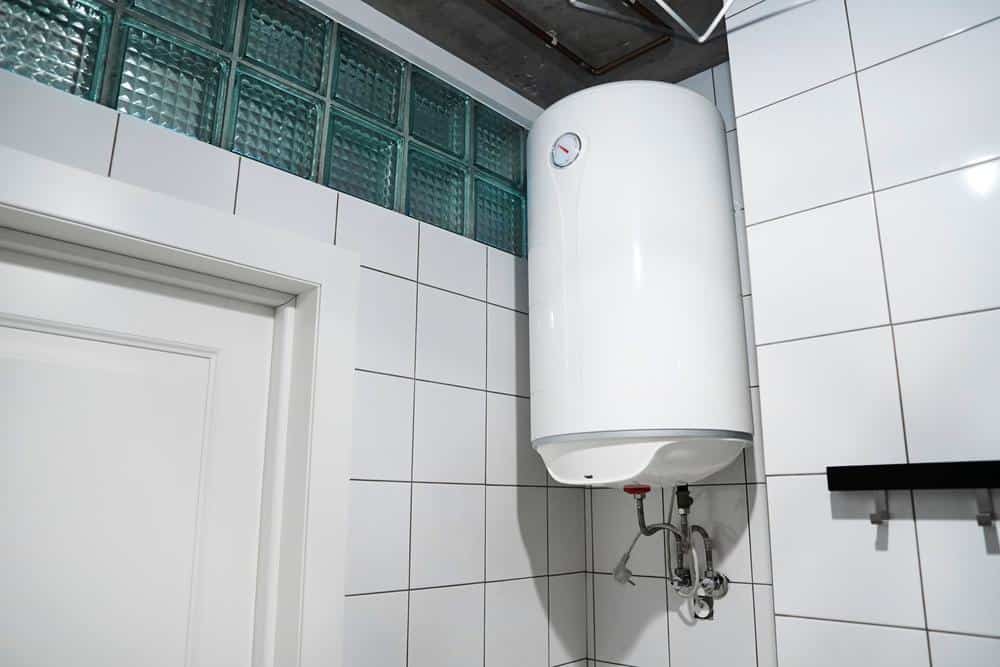
Rinnai water heaters do not require manual lighting of a pilot light. Instead, they use a direct electronic ignition system that automatically ignites the burner when hot water is needed. Simply set the desired temperature on the controller, open a hot water tap, and the heater will start working. If the heater doesn’t ignite, refer to the troubleshooting section in the manual or contact a professional.
Introduction
Rinnai water heaters are known for their efficiency and durability. However, one common query among users is how to light the pilot on these heaters. Interestingly, Rinnai tankless water heaters employ a direct electronic ignition system, eliminating the need for a traditional pilot light. This article provides an in-depth guide on how Rinnai water heaters function, how to use them, and how to troubleshoot common problems.
Understanding Rinnai Water Heaters
Unlike traditional water heaters, Rinnai water heaters do not have a standing pilot light. Instead, they use a direct-spark electronic ignition. This ignition method is more energy-efficient and reliable, as it only activates when hot water is needed, eliminating the need for manual relighting.
How To Use Rinnai Water Heaters
- Locate the temperature controller: The temperature controller is usually integrated into the front of the unit for indoor models, while it’s provided separately for outdoor models.
- Set the desired temperature: Rinnai water heaters work in the temperature range from 98°F to 140°F, with a factory setting of approximately 120-125°F.
- Open a hot water tap: The Rinnai tankless water heater will automatically ignite the burner and start heating the water as it flows through the unit.
- Close the hot water tap: Once you’re finished using hot water, the unit will automatically turn off the burner.
Common Problems and Troubleshooting
Although Rinnai water heaters are designed for convenience and efficiency, users may encounter some problems. Here are some common issues and how to troubleshoot them:
- Faulty or misaligned thermocouple: A thermocouple is a safety device that shuts off the gas when the pilot light goes out. If it’s damaged, misaligned, or dirty, it can prevent the pilot light from staying lit.
- Strong breeze or draft: Excessive wind or a nearby draft can extinguish the pilot light. If this is the case, you may need to relight the pilot light and ensure there are no drafts in the area.
- Kink in the flex tube: A kink or twist in the flex tube supplying fuel to the gas controller can prevent the gas from flowing and cause pilot light problems.
Conclusion
In conclusion, Rinnai tankless water heaters automatically ignite the burner when hot water is needed, eliminating the need to manually light a pilot. If you encounter any issues with your Rinnai water heater, refer to the troubleshooting guide provided by the manufacturer or contact a professional for assistance. Regular maintenance, such as cleaning the air filter and flushing the heat exchanger, can also help ensure the efficient operation of your water heater.
Frequently Asked Questions
What does the error code on my Rinnai water heater mean?
Rinnai water heaters come with a self-diagnostic system that displays error codes in case of a malfunction. Refer to your user manual or the manufacturer’s website for a list of error codes and their meanings.
Can I adjust the temperature beyond the factory setting on my Rinnai water heater?
Yes, you can adjust the temperature on your Rinnai water heater within the range of 98°F to 140°F. However, for safety reasons, it’s recommended to keep the temperature around 120°F to prevent accidental scalding.
What maintenance does my Rinnai water heater need?
Regular maintenance of your Rinnai water heater includes cleaning the air filter, flushing the heat exchanger, and checking the gas lines and venting. It’s recommended to have a professional perform these tasks at least once a year.
How can I save energy with my Rinnai tankless water heater?
Rinnai tankless water heaters are designed to be energy efficient. They only heat water when a hot water tap is opened, which saves energy compared to traditional water heaters that keep a tank of water heated at all times. Additionally, you can save energy by setting the temperature to the lowest comfortable setting and turning off the unit when it’s not in use for extended periods.
Can I install a Rinnai water heater myself?
Installing a Rinnai water heater involves handling gas, water, and electricity, and it requires an understanding of local codes and regulations. Therefore, it’s recommended to have a professional install your water heater to ensure it’s done safely and correctly.

